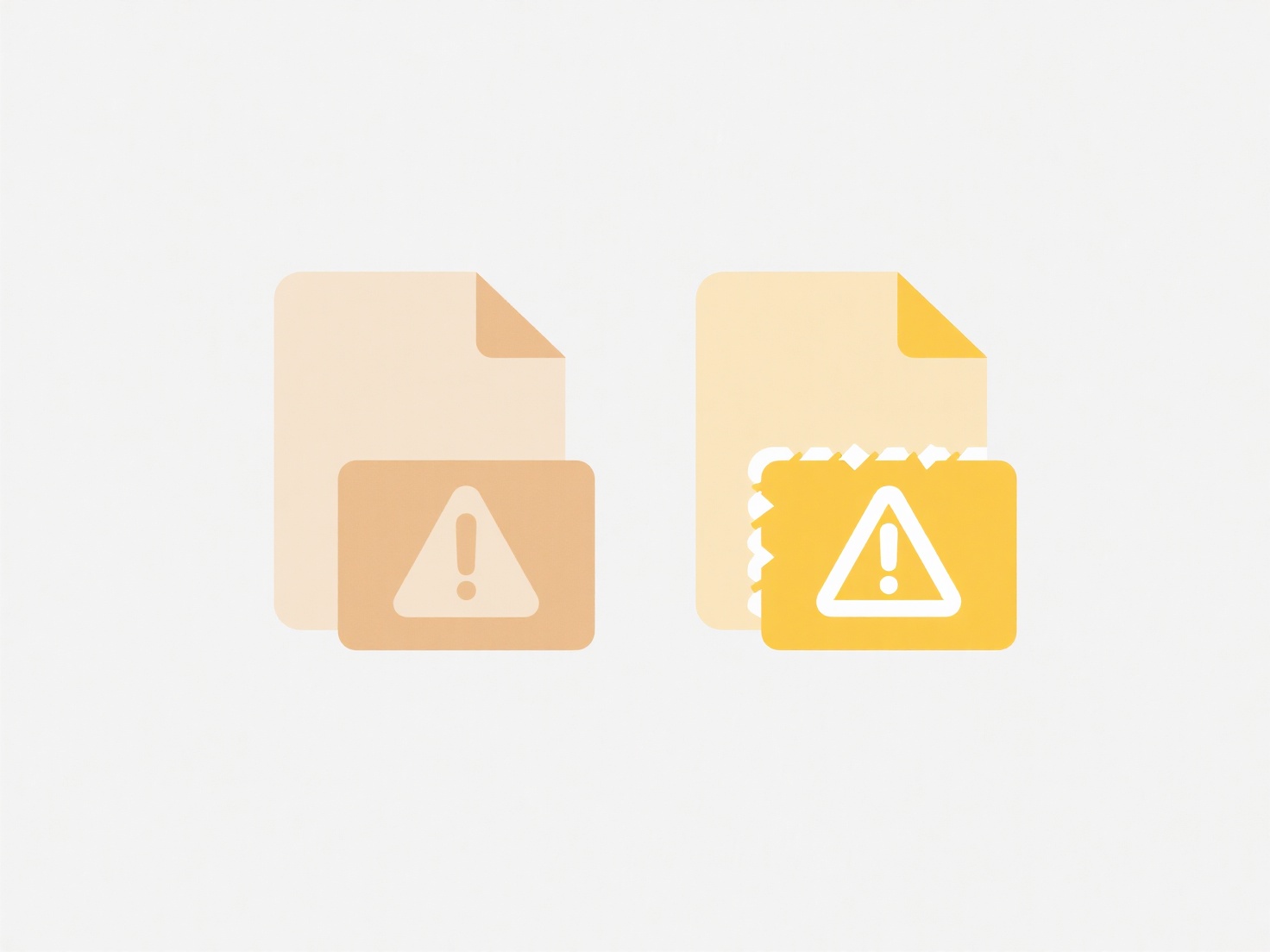
Grouping similar files organizes digital items by shared characteristics, differentiating it from simply arranging files randomly or strictly by folder hierarchy. This involves identifying common traits like file type (e.g., all PDFs), specific content (e.g., all invoices), date ranges, project names, or consistent naming patterns. It works by manually creating folders based on these criteria or using software features designed to automatically sort files based on predefined rules.

For instance, a graphic designer might group all logo concept drafts (.AI and .PSD files) related to a single client project within a dedicated folder. An accountant could group all scanned vendor invoices (.PDF files) received in Q1 2024 into a folder labeled "Q1_Invoices". This practice is essential across industries like research (grouping datasets), media (organizing photoshoots), and finance (batch processing documents), facilitated by operating system file managers, dedicated apps like Adobe Bridge, or cloud storage platforms like Dropbox.
Grouping significantly enhances efficiency by enabling batch operations (move, delete, search), reducing retrieval time, and improving workflow clarity. Key limitations include the manual effort involved initially (though automation helps) and potential ambiguity if similarity criteria aren't well-defined. Ethical considerations involve respecting privacy when grouping sensitive documents. Future developments involve AI automatically suggesting groupings based on content analysis and context, accelerating this fundamental organizational task.
How do I group similar files together?
Grouping similar files organizes digital items by shared characteristics, differentiating it from simply arranging files randomly or strictly by folder hierarchy. This involves identifying common traits like file type (e.g., all PDFs), specific content (e.g., all invoices), date ranges, project names, or consistent naming patterns. It works by manually creating folders based on these criteria or using software features designed to automatically sort files based on predefined rules.

For instance, a graphic designer might group all logo concept drafts (.AI and .PSD files) related to a single client project within a dedicated folder. An accountant could group all scanned vendor invoices (.PDF files) received in Q1 2024 into a folder labeled "Q1_Invoices". This practice is essential across industries like research (grouping datasets), media (organizing photoshoots), and finance (batch processing documents), facilitated by operating system file managers, dedicated apps like Adobe Bridge, or cloud storage platforms like Dropbox.
Grouping significantly enhances efficiency by enabling batch operations (move, delete, search), reducing retrieval time, and improving workflow clarity. Key limitations include the manual effort involved initially (though automation helps) and potential ambiguity if similarity criteria aren't well-defined. Ethical considerations involve respecting privacy when grouping sensitive documents. Future developments involve AI automatically suggesting groupings based on content analysis and context, accelerating this fundamental organizational task.
Quick Article Links
What are best practices for managing file permissions in a company?
Managing file permissions involves controlling user access rights to files and folders on company systems. It defines wh...
What are the system requirements for Wisfile?
What are the system requirements for Wisfile? Concise Definition: Wisfile requires a computer capable of running its...
Why do some files renamed on desktop not reflect in cloud search?
File renaming occurs locally on your computer. When you rename a desktop file managed by a cloud service (like Google Dr...